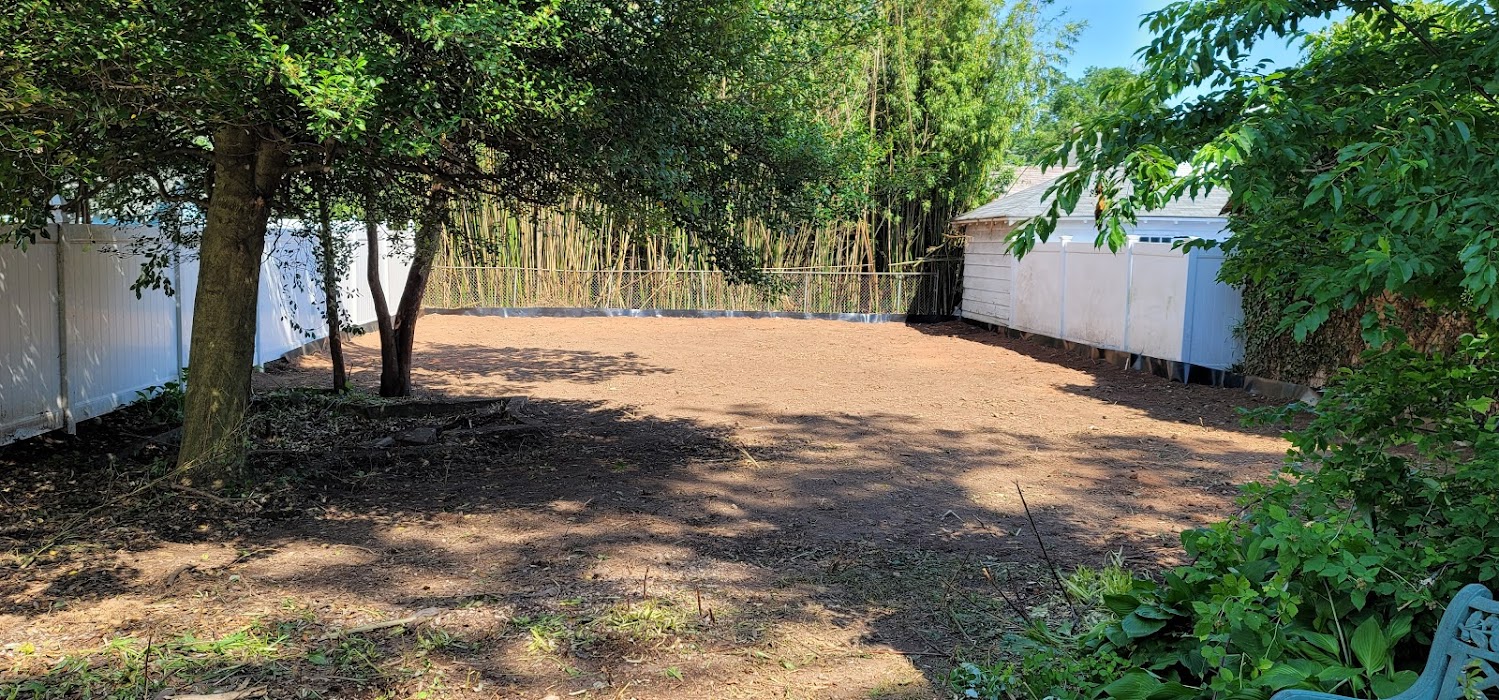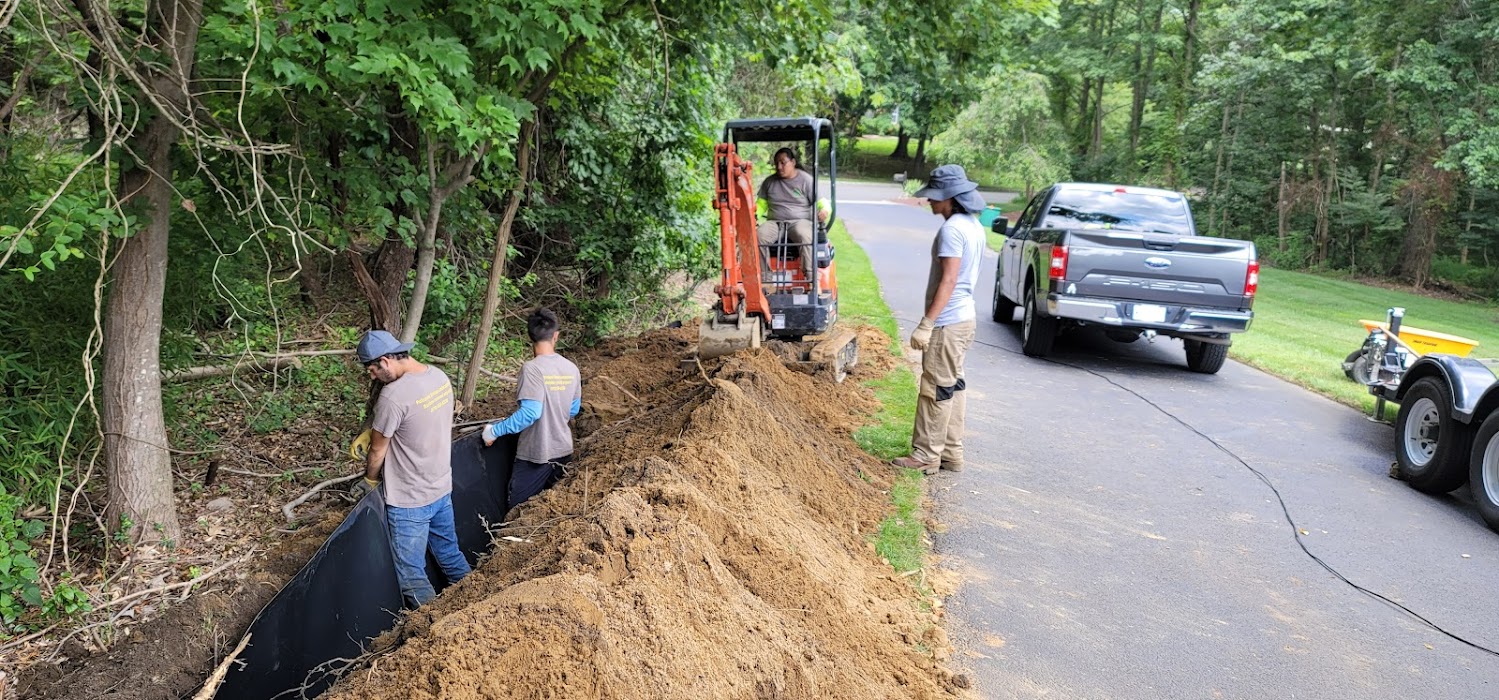How to control bamboo spread with a rhizome barrier
- What is a rhizome barrier?
The rhizome barrier is also known as a bamboo barrier. It is a physical containment barrier installed below the surface of your property to prevent the spread of the bamboo root system also known as bamboo rhizomes. Often made from a high-density polyethylene plastic it is installed into deep trenches around the plant or along the property borders several feet below the root system. This method is effective if installed correctly as bamboo can grow quick quickly and outpace even the most meticulous of gardeners.
III. How does a rhizome barrier work?
A rhizome barrier is a type of device that can be used to prevent bamboo from growing further outward onto your property. Running bamboo spreads underground, sending its rhizomes in all directions causing it to often extend into various areas of your property and even into neighboring properties. As bamboo does not grow nicely into a neat straight line that can easily be tracked or managed it is imperative to prevent the spread before it becomes out of control and causes extensive property damage. Correctly installing a rhizome barrier will help curb the spread by forcing the rhizomes to grow in a confined area within the barrier itself rather than downward out outward. Proper materials and installation are key as bamboo is resilient and strong and can penetrate lesser quality materials or improperly installed barriers.
- How effective is a rhizome barrier?
A rhizome barrier has been used to combat the spread of bamboo in gardens and yards, but does it really work?
Studies have been conducted that show that in contrast to invasive species that spread by seeds subject to dispersal by several means, running bamboo is spread by rhizomes; therefore, the invasion area may be limited by physical barriers, both biotic and abiotic, including natural and anthropogenic factors. These forces can restrict the speed and range of a bamboo invasion (Isagi and Torii, 1997). Therefore, it is essential to take a variety of strategies early on to control bamboo invasions.
Its important to note that rhizome barriers do not kill bamboo rather they contain the root system underground preventing the spread. Careful maintenance and supervision of the plant will be needed to assure that the rhizomes are not spreading across the top of the barrier.
- What are the benefits of using a rhizome barrier as opposed to using chemical herbicides?
Chemical herbicides are a popular weed control option for many homeowners. However, bamboo is not your typical weed. This hearty plant is considered one of the worlds most invasive species for a reason, once established it can be next to impossible to remove without professional help. While there are many diy websites that claim that you can kill bamboo with chemicals such as gasoline, bleach, roundup or herbicides, they don’t work. These methods focus on the visual bamboo and can kill the bamboo stalks but do not address the root system which is how bamboo spreads and grows.
Chemical herbicides can cause damage to the soil, surrounding plant life, water supply and even poison your children and pets. In addition to the health and environmental risks with all of these chemical methods, most professionals agree that they are simply ineffective in killing bamboo.
Rhizome barriers are a great alternative for homeowners who cannot remove bamboo as it does not contain volatile organic compounds, so they can be used without causing any problems for the environment. They also offer other benefits such as being less expensive than chemical herbicides and can be easily installed by professionals.
- Is there any downside to using a rhizome barrier?
Bamboo removal is always and will always be the preferred method of bamboo control by the professionals. However, this solution is not always possible for homeowners which makes a rhizome barrier the best alternative.
A rhizome barrier can only be beneficial when the proper materials are used and when it is installed correctly. Bamboo can and will find methods to spread and to spread rapidly if given the opportunity. If installed incorrectly or if the wrong materials are used the bamboo can puncture the barrier and continue to spread or simply grow around it or under it.
A rhizome barrier still will need the attention and care of a diligent gardener or homeowner to prevent the barrier from becoming buried with debris and dirt over time. The lip of the barrier needs to be visible for it to function. While preventing the spread of rhizome roots, rhizomes can still spread over barriers that are installed too deep or become buried with debris. Twice a year, it is imperative to take a rake and clean off the lip of the barrier. If it has become buried with soil, the soil will have to be shoveled off.
VII. Conclusion
A rhizome barrier is a great option for a homeowner that is concerned with bamboo spreading into their yard from adjacent properties or for properties where complete removal is not possible. Some maintenance will be required to assure that the barrier is effective and that the bamboo does not spread across the top of the barrier. In the end using it as a preventative measure is a much more cost-effective solution than having to go through the extensive removal process.
If you have any questions regarding bamboo barrier products, installation or applications feel free to contact us


